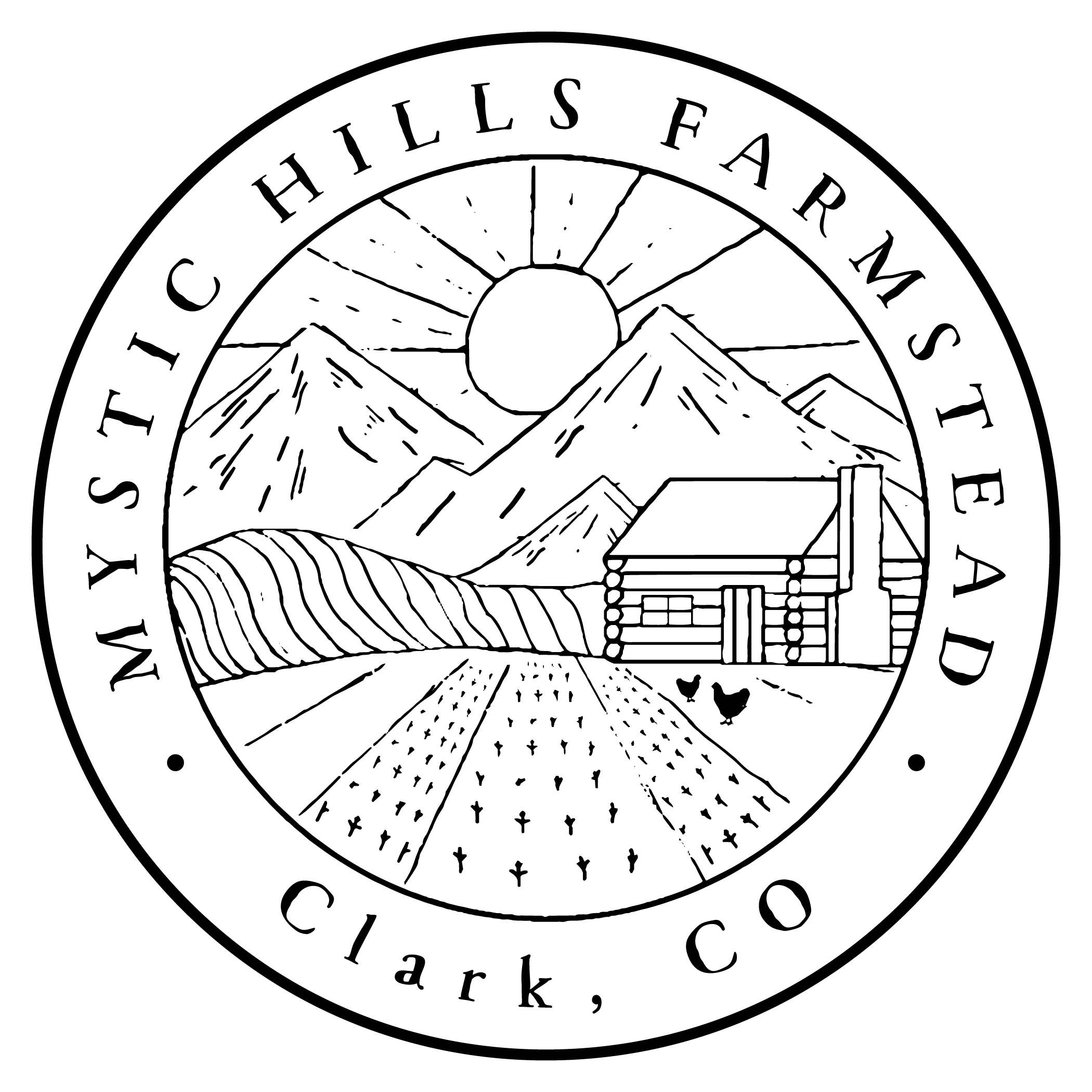Crunching Numbers
My head just aches when I hear those words. Does yours? Crunching numbers seems to be filling up my days more often than not lately. And while it does leave my brain spent and exhausted by the end of the day, in actuality, I don’t really mind behind the scenes work too much. It’s often a nice break from the hustle and bustle of my normal day to day tasks and quite frankly, I enjoy seeing what’s going on underneath the surface. But the reason I have been stuck behind a computer screen more often than not is because Jack and I are realizing more than ever that we need a solid game plan to take our farm to the next level. And that level up means a lot of number crunching for me.
Our goal is simple, yet meaningful: We want to expand our farm beyond feeding our family and become a staple in our community for local delicious, healthy, and nutritious vegetables, meat, and eggs. But, in order to get there, our farm is going to have to expand from one that feeds our small family, to one that can feed our community. And, that is quite the leap for a small farm. For a few years now, we have worked to grow our own food, but we are realizing more and more the importance of local food and we want our farm to be a part of that vitally important system. So this week I have spent my time reading farm business planning books, researching small farm business plans, and discussing with Jack what our goals are so that we can begin to build the foundation of a farm that will be around for years to come. I’m not going to lie, this step into the business side of farming is a bit scary for me. It is easy to dream and make plans, and another thing entirely to turn those dreams into a reality. While I feel comfortable in the knowledge we have gained from growing vegetables and raising animals on the farm the last few years, I know this is a big step for us both in terms of finances and in taking what we have established and growing it into a business we can both be proud of.
What I have learned so far during this process is that our production will have to increase greatly for us to be profitable and because Jack has another full-time job, we have to be strategic in the ways we decide to grow our business and discover the available markets in our area. Luckily, we live just outside of a rural city filled with amazing locals, restaurants, online and in-person farmers’ markets and stores who want to support local products and local agriculture. Steamboat, after all, has a long history of agriculture and while most of the producers here manage larger ranches, the few vegetable farms and market gardens that have popped up along the way are paving the way for even more local food; and therefore, a stronger, more resilient food system. While we are very much testing the waters this year to see what we can bring to the table, we are confident that the future of food supports these local systems and if there was ever a time to find a local farmer for vegetables, eggs, meat or dairy, the time is definitely now.
In so many ways it is eye-opening to look beneath the surface and to truly see numbers on paper as they are. The numbers don’t lie and while they in some ways seem daunting, they also paint a very clear picture of what steps need to be taken and reinforce that the only thing standing between us and making the dreams we have a reality is the planning and hard work we are willing to put in to be successful. After all, Rome wasn’t built in a day, and Mystic Hills Farmstead won’t be either.
Until next time,
Farmer Kinzie
